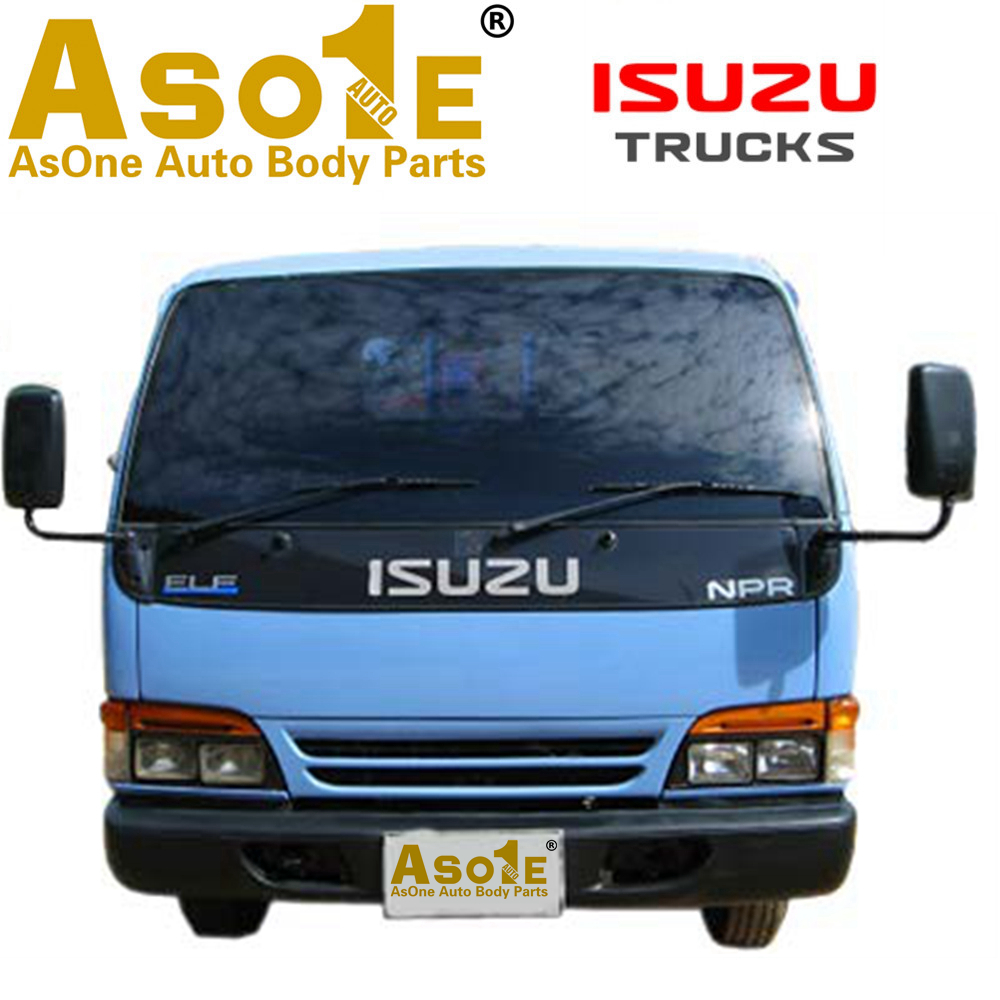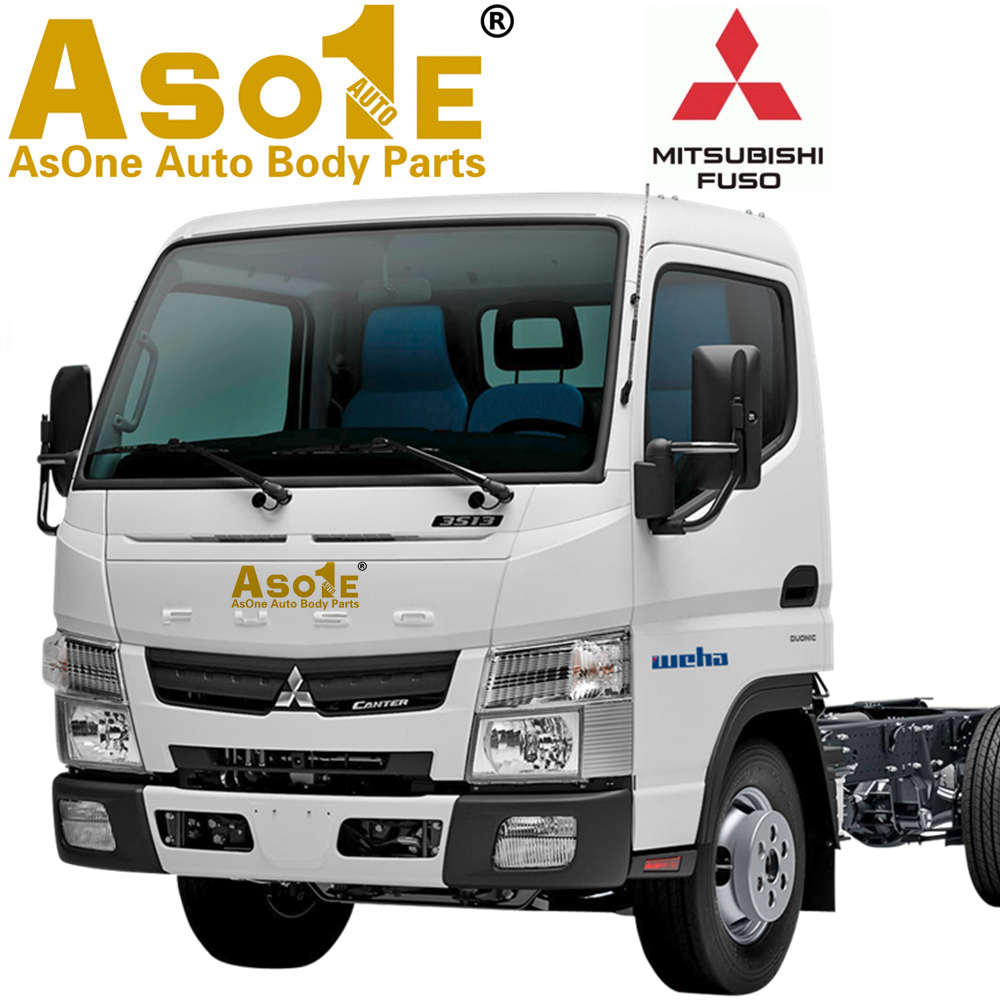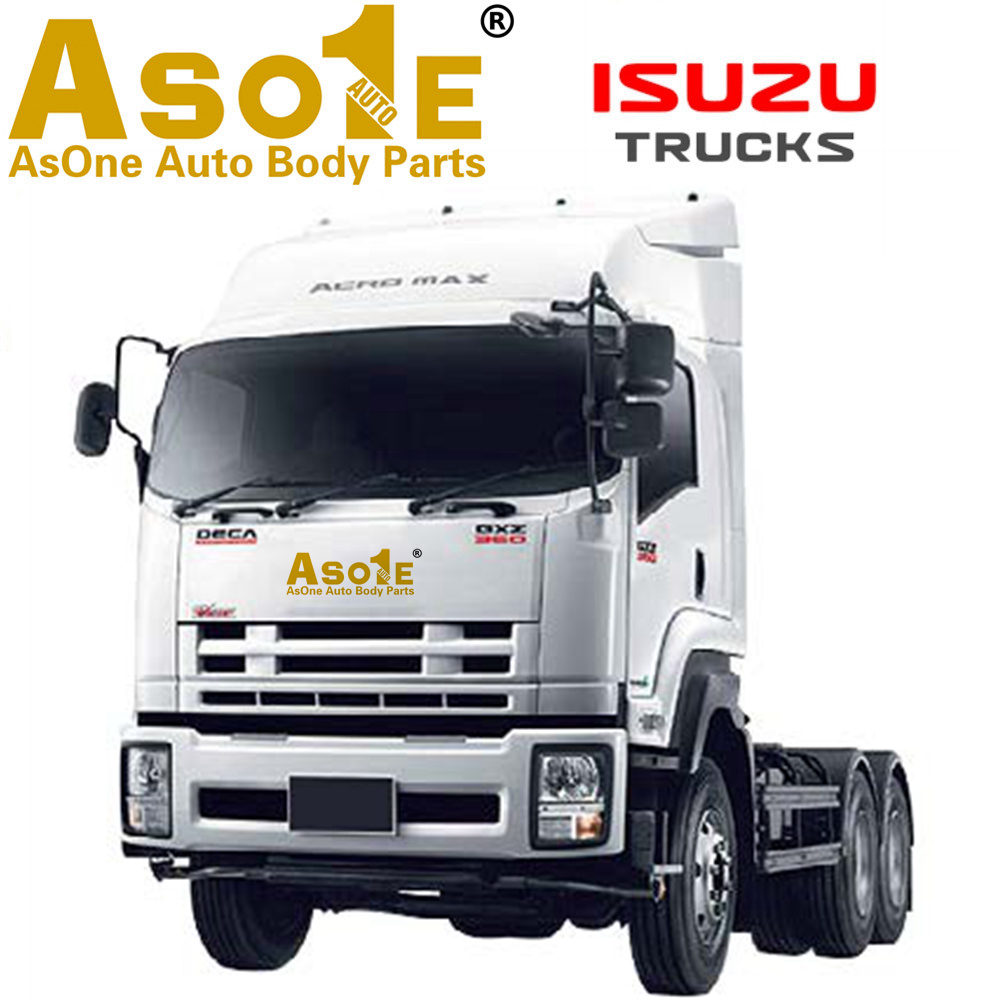The Isuzu Elf (Japanese: いすゞ・エルフ) is a medium duty truck produced by Isuzu since 1959. Outside Japan it is known as N-series. The range was originally mainly available in Japan and other Asian countries. Australia was another important market for the Elf and N-Series – to the extent that it was manufactured there from the 1970s using many local components. Since the early 1980s, it has also been sold and built in the United States (under the Chevrolet and GMC brand as a W-Series), and also as the Isuzu N-series. North America only receives the wide-cab version.
For the common Andinian market (including Chile and Peru), the truck has been assembled in the GM-Colmotores assembling plant in Bogotá, Colombia since 1991, with annual quantities already of 20,000 up to 60,000 units. Local assembly has been increasing because of increasing demand in the Colombian and neighboring markets. It carries “Tecnología Isuzu” (with Isuzu Technology) lettering.
In Indonesia, Philippines and several other countries, the Elf is not only used as trucks, but also converted into microbuses by local body makers. The lighter four-wheeled models are commonly used as an intercity Angkot (share taxi), as a school bus, or as an employee bus.
Fifth generation:
The fifth generation Isuzu Elf appeared in July 1993, with more sculpted headlights. The 2.8 4JB1 and 4JB1T are standard on both Elf 150 10 ft/14 ft. and Elf 250 along with 3.6 4BE1. The non turbo 4JB1 features a new VE Rotary injection pump which increase power to 90ps and euro emission. In May 1995 it received a minor change, including upgraded, cleaner diesel engines.The H series 4.0-liter 4HE1 and 4.3-liter 4HF1. The 16 ft. Chassis with H series engine are standard while the 14 ft. Version are still in production. OEM deal with Nissan led to the Elf also being sold badged as a Nissan Atlas and a Nissan Diesel Condor 20/30/35 beginning at this time, followed by the Nissan Atlas Max from 1996 until 2000. The Atlas Max was based on the new, lighter duty Elf 100 (June 1995) which was available with a 2-liter petrol or a 2.5 or 2.7-liter diesel engine.[21]
In the U.S. the elf was marketed as the Isuzu NPR and Chevrolet/GMC W-series, each available with either the 4HE1 4.8-liter turbocharged diesel engine or GM’s L31 Vortec 5.7-liter gas engine and 4L80-E Automatic Transmission. The gas engine produced 275 hp (205 kW) to 325 hp (242 kW) at 4600 rpm and 330 lb·ft (447 N·m) to 350 lb·ft (475 N·m) of torque at 2800 rpm.[24]
In May 2004, subsequent to a few minor changes, the Elf underwent a more major facelifts with new, larger, trapezoidal headlamps. Another OEM deal was forged at this time and the Elf was now also marketed as a Mazda Titan in parallel.
In Malaysia, this truck is manufactured by Heavy Industries Corporation of Malaysia (Isuzu HICOM Malaysia) under the name of HICOM Perkasa, but carrying the Isuzu N-Series Commando badge.


Sixth generation:
The sixth generation Elf/N-series was released in December 2006 (High Cab and Wide Cab) and February 2007 (Regular Cab). By the time the full range was available, the fifth generation Elf was retired. This was also assembled in Colombia (alongside the heavier F-series), where it was sold as the Chevrolet NKR, NPR, or NQR. GM began assembling Isuzu trucks in Chile in 1984.[25] The headlight-turnsignal cluster is now configured in the shape of the Isuzu “twin bar” logo, which was used from 1974-1991. In North America, GM sold the Isuzu N-Series as the Chevrolet and GMC W-Series until 2009. In 2016, it reintroduced the model as the Low Cab Forward (LCF) series, named simply the Chevrolet 3500, 4500, or 5500, and available with the same gasoline or diesel engines.[26]
The design of the 6th-generation Isuzu Elf cabin bears some resemblance to an all-fiberglass cabin fitted to trucks made by the Brazilian company Agrale since 2003. Agrale introduced an all-steel Chinese copy of the Isuzu wide cab to its truck range in late 2015, but the fiberglass cab was not phased out.








